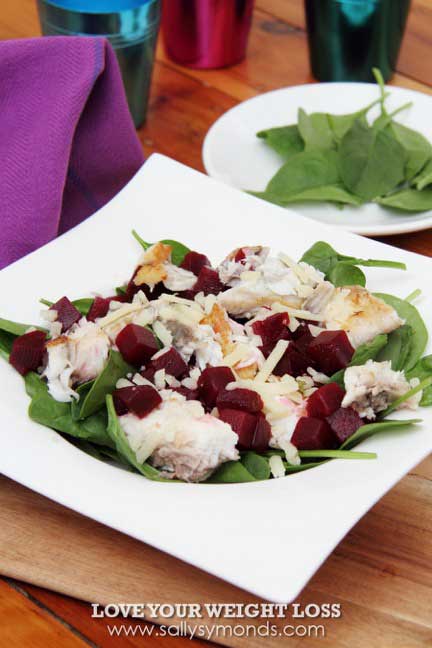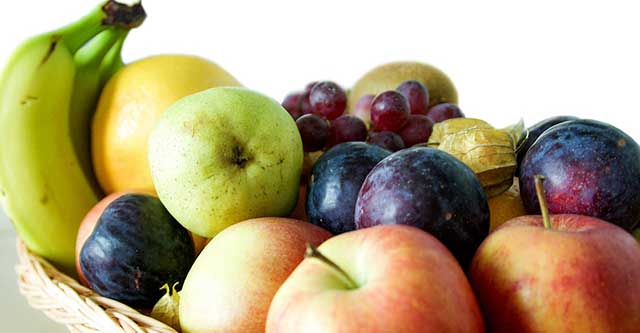If you’ve been diagnosed with Polycystic Ovarian Syndrome (PCOS), like me, you probably feel like you’ve reached a dead end. At least 1 in 10 women are diagnosed with PCOS during their lives, and 10% of women between 12 and 45 are told every day, ‘You have PCOS’. So what is it? According to the Better Health Channel, Polycystic Ovarian Syndrome is “a complex condition in which a woman’s ovaries are generally bigger than average. Polycystic means the ovaries have many cysts or follicles that rarely grow to maturity or produce eggs capable of being fertilised”. Problems and risks associated with PCOS include a higher risk of diabetes, acne, a reduced fertility rate, obesity or irregular periods.
However, there is hope. You can get your life back as millions of women have, and I have too. In this article I’ll share a few of my experiences, failures and successes on how to heal from PCOS. I’d like to open your eyes to the diversity of Polycystic Ovarian Syndrome as well as natural interventions for overcoming it.
My PCOS Story
I was someone who had it all. I was an active 28-year-old, an entrepreneur. I was sociable, I loved life, was travelling and was healthy as you get. I started seeing awful PCOS symptoms back in September 2013. It felt as though my life was going down the tube in front of my eyes. I actually hid in my house for 2-3 months because I was so tired, my face and body broke out in severe acne and I gained 8 kilos.
I had no clue what was happening. I saw an endocrinologist who did a few tests, offered no support and was told I had PCOS. My older cousin from Western Australia was diagnosed with PCOS many years ago. I remembered she was told she could never have children. I thought I was doomed. I was prescribed medications – antibiotics and Metformin – to regulate insulin resistance which was one cause of my PCOS. However, rather than helping, the medications added a whole host of new issues. I was throwing up after eating and felt like death. I knew from this point that I had to take control of my life.
I began researching PCOS for information about any lifestyle changes that I could make whilst I was house ridden for all those months. Through healthy living, exercise and adopting the right lifestyle changes my symptoms became manageable and then finally disappeared. There is light.
Four Tools to Heal from PCOS
What do you need to overcome PCOS? Knowledge is power, so put that first. Knowing what type of PCOS you have and what your body needs to combat the root cause is essential to becoming free from not just the hormone imbalances, but free of the myriad of symptoms that follow.
1. Know your type
Firstly, start with knowing what type of PCOS you have. In my eBook ‘Heal My PCOS’ I discuss the 4 main types of PCOS – what they are and how to manage each. In my case, once the insulin resistance and auto-immune issues were addressed, the PCOS symptoms faded.
2. Maintain a positive mindset to lower stress levels
A positive mindset is so important! When you understand yourself and your body, you’ll be able to view everything about yourself in a very different way. You are in control of your body – and stress is a major cause of hormonal imbalances. My tip is to use mindfulness excercises like prayer or meditation for 10 minutes every day whilst doing deep diaphragm breathing. Do not be overwhelmed! Take baby steps until it becomes a habit.
3. Look after your nutrition and supplements
Your body doesn’t need just any food and nutrition; it needs the right food and nutrition. Cut out the empty calories and instead nourish your body with foods that build you up, give you energy and help eliminate toxins. I recommend a Low GI PCOS eating plan. Take the time you need to shop for, prepare, and enjoy eating real food. You’ll be surprised how different you’ll feel.
4. Find the right support
Your fourth tool is to find a supportive environment. Participating in a community of like-minded women or supportive friends can help you immensely in navigating your PCOS – and in overcoming it. If you’re going through a rough time (like I was), there’s nothing like a helping hand to get you through it. Avoid interacting with negative, judgmental people, but instead craft for yourself a network of loving people that will be there for you when you need them. I’m creating a loving community at www.healmypcos.com, and you can plug in any time to share your journey.
Don’t forget to seek the advice of your health professional
You can speak to your health professional about your ideas and craft a plan together as you move forward with your treatment and management of your PCOS. Your health professional knows you and your personal medical history. I have not attended medical school, nor been licensed by any committee or board or government to give any health advice. I am simply a normal person like you, but I have found the road to recovery.
I have read hundreds of blogs and poured many hours of research into the journey of healing myself. Because this information has made such a difference in my own life, I’ve made it my mission to pass it forward and help as many women as possible live the same vibrant healthy life that I now enjoy—that vibrant life that I once feared I had lost.
Nourish your body with foods that build you up, give you energy and help eliminate toxins
What I’ve learnt, and your Road to Recovery
You might ask, can simple tools such as new knowledge, a positive mindset, a supportive community and the right nutrition really improve your life? IT CAN. I am living proof. Every woman is different. PCOS reflect symptoms that SOMETHING is out of balance in your body – largely due to what you are eating, thinking and/or how you treat yourself.
Stay strong and learn to love the beautiful person you are.
Featured image via Pixabay under Creative Commons CC0
 Melissa Madgwick
Melissa Madgwick
Melissa Madgwick is a 29 year old woman who is on other side of healing from polycystic ovarian syndrome. Her life now revolves around health. She is an avid health advocate who specialises in working with women who suffer from PCOS and eagerly helps others overcome the PCOS disease holistically. She teaches other women to heal and recover from PCOS naturally. For more information go to How To Heal PCOS Naturally – A Real Life Story or www.healmypcos.com.











